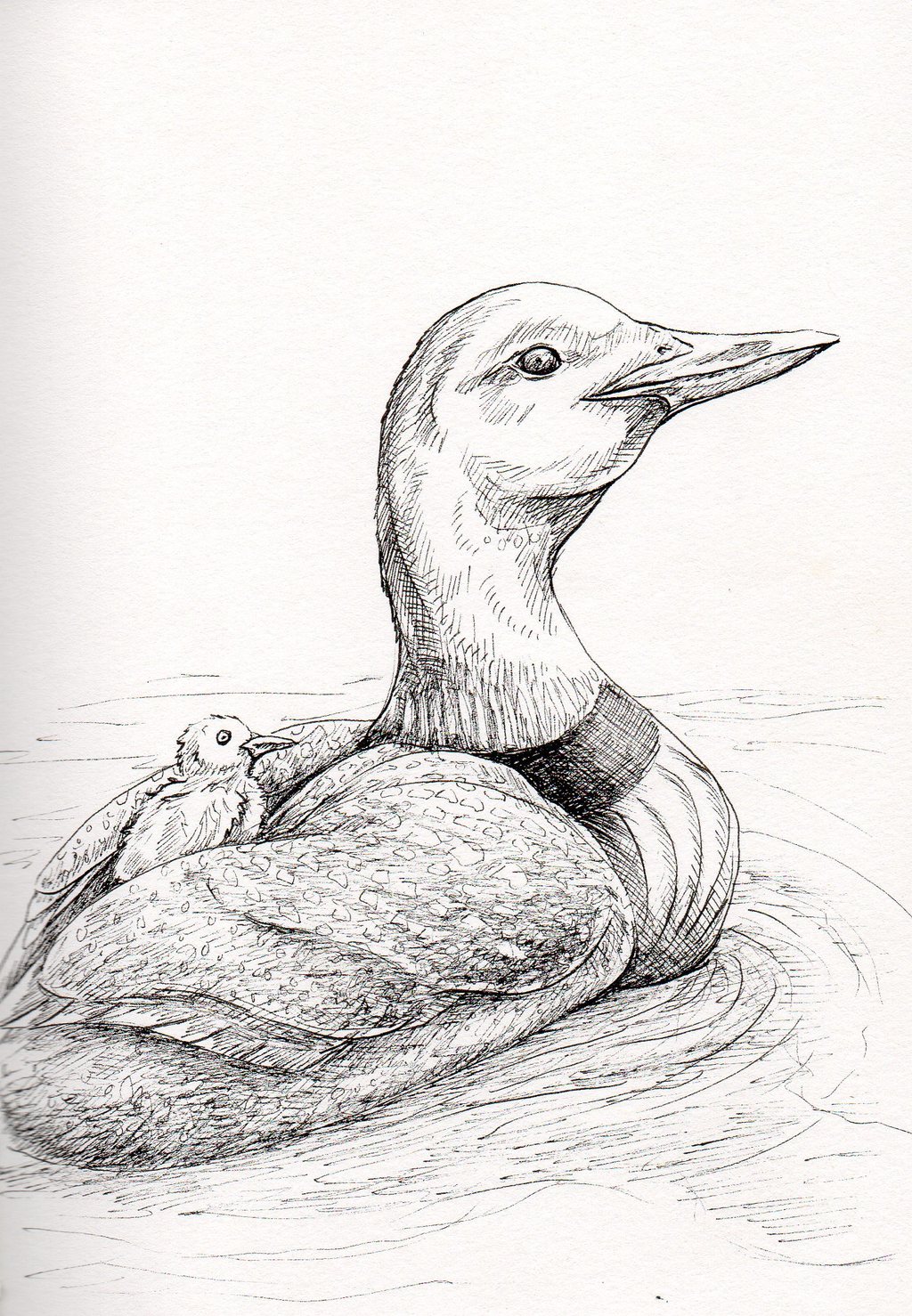Sign In
CloseTotem of the Day is Loon! Pay attention to any dreams that may be particularly strong, vivid, or lingering for they may contain an important message for you. It may help to explore dream work, add meditation into your routine, or to keep a journal which will help you understand your dreams and inner self much better. Be careful with anything to do with your throat chakra and add in regular exercises that focus on strengthening your bones, joints, muscles, and, most importantly, your legs and feet. The Loon spirit is known for it's connection to serenity, tranquility, hope, and the reawakening of old dreams. The Loon can often remind us to never give up on our dreams, to hold hope in our hearts, and to remember that no matter how hard it may seem you can still achieve your goals. Loon comes as a revival for our self confidence and willpower for success. In Native American cultures along the Northwest Coast tribes, these birds are symbols of generosity, peace, and harmony. Loon is seen also seen as a divine messenger by some Algonquian tribes of the Northeast. The Loon is seen in many Native American tales such as how the Loon got it's appearance, a story on the reunion of a Loon family, and a Cree story on how a blind hunter regain his sight in thanks to the Loon. It will be beneficial for those interested in this spirit guide to read into the folklore deeper for a deeper meaning. The Loon's aquatic lifestyle also connects it with water and creative energies. People who connect with Loon are often articulate and skilled communicators with a balance between their masculine and feminine energies. These individuals can sometimes have issues balancing their emotional, mental, and physical aspects of themselves. They often hold unconventional lifestyles or beliefs which can sometimes make them uncomfortable in more strict or traditional settings. These types also hold a large interest in dreamworks and should explore paying close attention to guiding information in dreams.
Loon, Gavia, are aquatic birds also called divers which are found throughout North America and northern Eurasia. They are most closely related to penguins and birds in the group "tube-nosed swimmers" such as petrels and albatrosses. There are five species of Loons: the Black-throated Loon, Pacific Loon, Yellow-billed Loon, Red-throated Loon, and the Common Loon featured in this illustration. These birds got their name 'divers' due to the way they hunt fish by swimming calmly along the water and suddenly diving deep into the water after their prey. They are even able to hold their breath underwater for up to 90 seconds. These aquatic birds rely heavily on water sources. Excellent swimmers, they have webbed toes and strong legs that help to propel them swiftly through the water. Their legs are actually attached so low on their body that they have extreme difficulties walking on land and will avoid it as much as possible. These means their nests are built at the edge of the water and even sleeping occurs while they are floating out over deep waters away from land and predators. However, they can fly very well and are capable of long flights during migration. The diet of a loon consists of primarily fish along with crustaceans, amphibians, and other medium sized aquatic creatures like frogs, snails, leeches, and crayfish. Due to the way they eat their prey whole, it is important for loons, like other birds such as chickens, to swallow small pebbles to aid the bird's gizzard in grinding, crushing, and digesting the hard portions of their prey. When breeding season occurs in early summer, pairs of loons will find small freshwater lakes in which to claim territory and build nests at the edge of the water. They will preferrably find small islands or mounds of earth surrounded by water on which to build their nests. While it is thought that loons will mate for life, this is actually not entirely true. At times, a mated pair will have to defend their territory from other males without territory of their own called floaters who will attempt to take over the territory and the female there. Nests are built out of materials such as aquatic vegetation, leaves, grass, moss, mud, and pine needles. Both the male and female will take turns helping to build the nest and incubate their clutch of generally two eggs. After hatching, these chicks are precocial which means they are able to swim and dive directly after hatching. Parent loons will often let their chicks ride on their backs for the first two weeks of life in order to help them conserve heat, rest, and avoid possible predators. The chicks are fed by their parents for up to 12 weeks before they begin to find food and fly all on their own. Loons are known to live up to 30 years in the wild.
Submission Information
- Views:
- 575
- Comments:
- 0
- Favorites:
- 1
- Rating:
- General
- Category:
- Visual / Traditional




